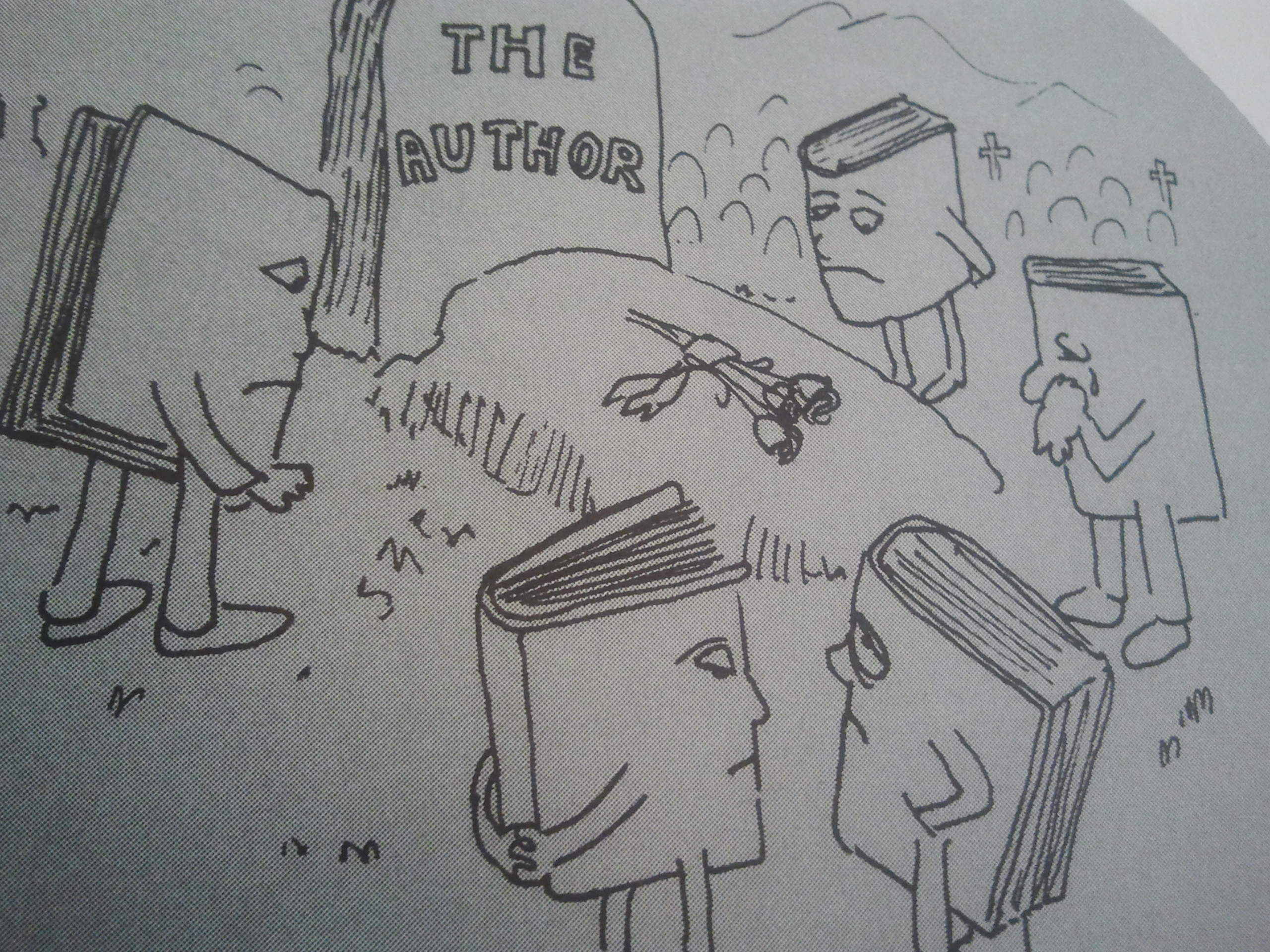
I’ve recently been giving a lot of thought to an essay I read during my freshman year at New York University entitled “The Death of the Author” by Roland Barthes. The gist of the article is that “to give a text an Author is to impose a limit on that text, to furnish it with a final signified, to close the writing.” At first, I disagreed that any piece of writing or art could be considered without an understanding of the author’s intentions, but as I continue my journey in the world of art and writing, my views are beginning to line up with the idea of a self-governed piece of writing. Once the character is on the page, it is she/he who is doing the thinking, acting, developing, not the author. Once the painter frames his work, it is no longer his, but an autonomous presence inviting the world to engage with it in diverse ways. An example of this is the art of Jackson Pollock.

As with any artist, there is an unquestionable amount of control exerted as a means to facilitate the art. However, Pollock invites a certain amount of chance into his works by using methods such as splattering and dripping paint onto the canvas. As soon as the paint is released from his brush, stick, or can, it has a life of its own and flies to the canvas without any certainty where it will land or how it will splash. This is a very literal example of the larger point, but recognizing the autonomy of any work is crucial to understanding it. The world of the painting, the musical composition, the work of literature, or any other completed work offers an escape into the fantastical for anyone willing to engage with the piece and allow it to take them where it will. Much of art criticism and review comes back to this. In the end, it is just people talking about how they engage with art. The author or artist’s intention is only as important as you make it, it doesn’t have to taint the way the work speaks to you. When I was much younger, my school would take us on field trips to hear the local symphony orchestra. While they played, I would make up stories in my head to the tune of whatever song was playing. I can almost guarantee that the composers and the musicians were not imagining their piece playing out to my juvenile narratives, but that doesn’t mean that my connection to the piece is not just as valid as say Stravinsky’s vision in composing The Rite of Spring (though undoubtedly less complex or sexually charged).
I used to be so intimidated by art, fearful to develop an incorrect understanding of it when facing it down without the artist or a scholar guiding me, but thanks to my return to Barthes, I now realize that I am not helpless. By freeing art from the constraints of an artist’s intention, we open ourselves up to a whole new way of engaging with all of the art around us. In Barthes’ words: “thus is revealed the total existence of writing: a text is made of multiple writings, drawn from many cultures and entering into mutual relations of dialogue, parody, contestation, but there is one place where this multiplicity is focused and that place is the reader, not, as was hitherto said, the author.”


Leave a Reply
Be the First to Comment!